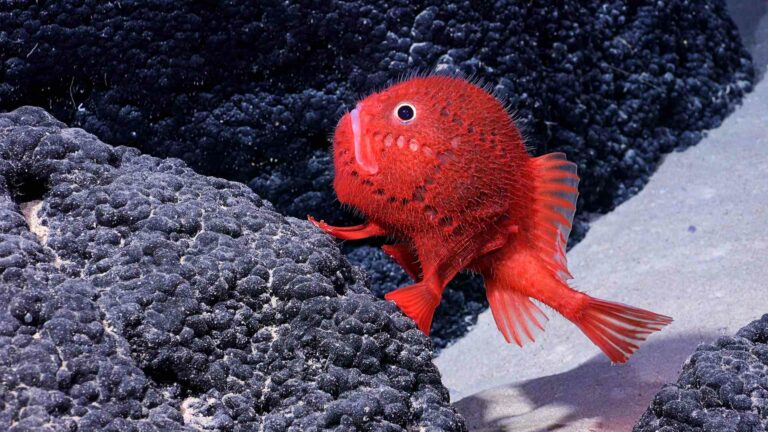An international group of scientists believe they might have discovered more than 100 new marine-life species living on seamounts in the South-eastern Pacific off the coast of Chile.
A recent expedition by Schmidt Ocean Institute has identified a colourful array of deep-sea corals, glass sponges, sea urchins, amphipods, squat lobsters and other species considered likely new to science – and there is likely more to come, because a second expedition gets underway today (24 February)
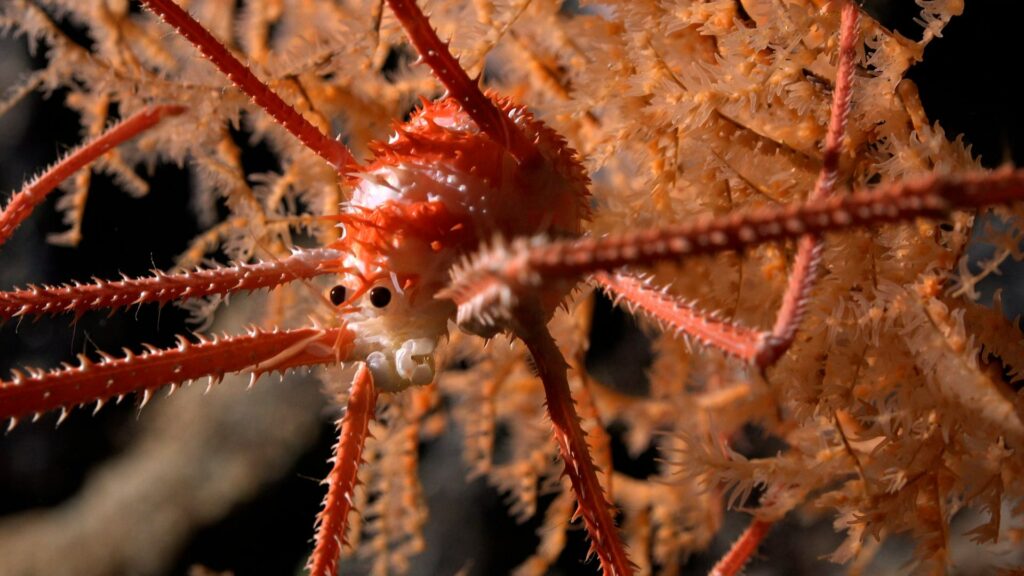
Led by Dr Javier Sellanes of Chile’s Universidad Católica del Norte, the team were looking to collect data in support of the designation of an international high-seas Marine Protected Area (MPA).
From the research vessel Falkor and deploying the 4.5km depth-rated ROV SuBastian, they were able to investigate 10 seamounts along the Nazca and Salas y Gómez Ridge, both inside and outside Chile’s jurisdiction.
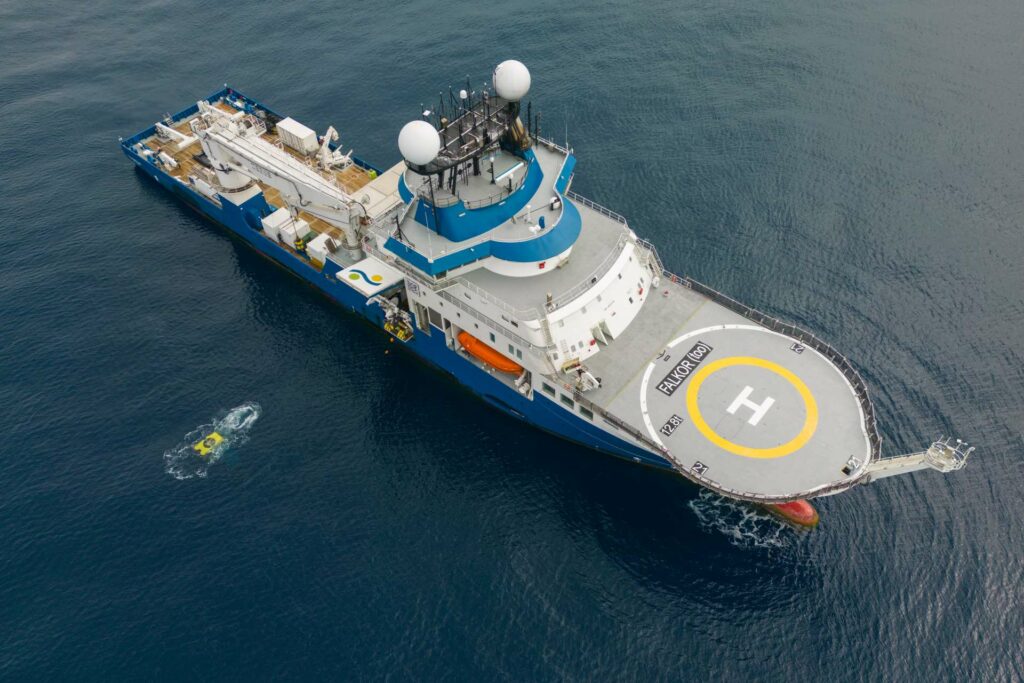
The Salas y Gómez Ridge is a 2,900km underwater mountain chain comprising more than 200 seamounts that stretches from offshore Chile to Easter Island (Rapa Nui), with most of it lying beyond Chile’s jurisdiction. The team also explored two of Chile’s existing MPAs: the Juan Fernandez and Nazca-Desventuradas marine parks.
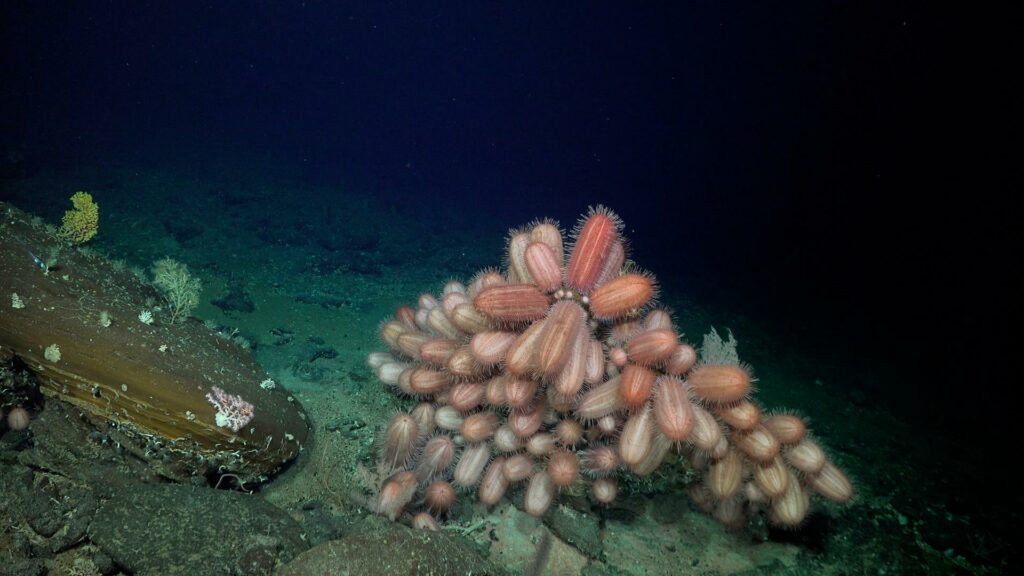
Each of the 10 seamounts was found to host distinct ecosystems, many of them described as vulnerable and including thriving deep-sea coral reefs and sponge gardens. The physiology and genetics of those specimens collected and suspected of being new to science are now being analysed.
In the course of mapping 52,777sq km of seabed, four seamounts lying in Chilean waters were discovered. The fourth and tallest of these at 3,530m, unofficially named Solito, was explored for the first time and mapped.
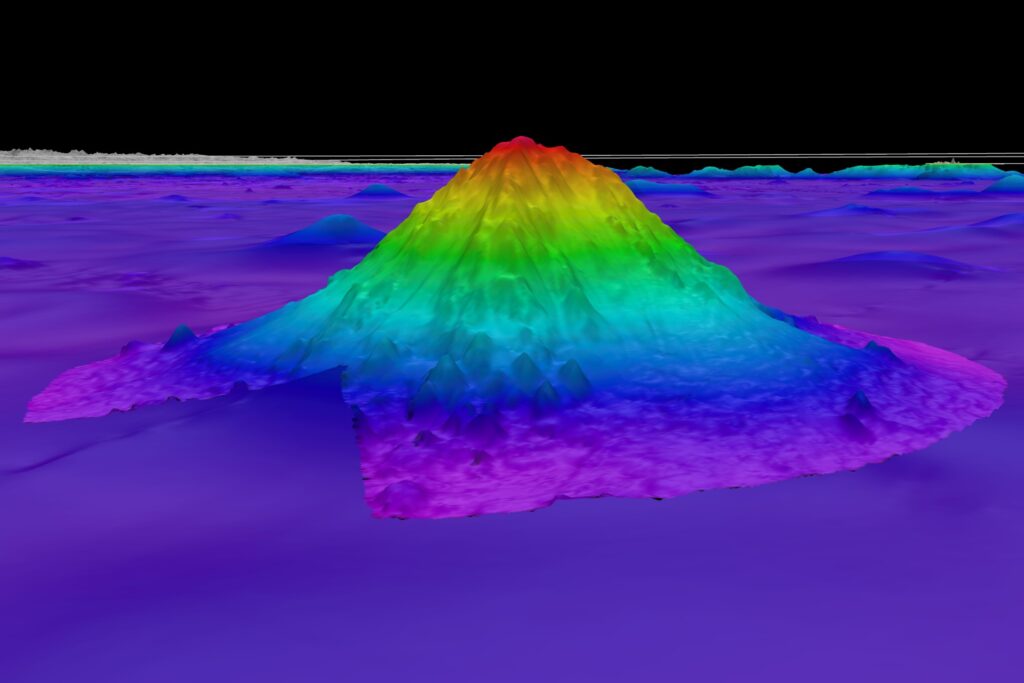
“We far exceeded our hopes on this expedition,” said Sellanes. “You always expect to find new species in these remote and poorly explored areas but the amount we found, especially for some groups like sponges, is mind-blowing.
“These thriving and healthy ecosystems indicate that the Nazca-Desventuradas and Juan Fernández marine parks effectively protect delicate marine habitats.”


The second expedition along the Salas y Gomez Ridge that begins today will have its dives livestreamed on Schmidt Ocean Institute’s YouTube channel, as the scientists explore areas deeper than 600m for the first time. The institute intends to continue exploring the Pacific waters off Chile and Peru throughout the year.
“Full species identification can take many years, and Dr Sellanas and his team have an incredible number of samples from this amazingly beautiful and little-known biodiversity hotspot,” commented Schmidt Ocean Institute executive director Dr Jyotika Virmani.
“Schmidt Ocean Institute is a partner with the Nippon Foundation – Nekton Ocean Census Program, which has set a target of finding 100,000 new marine species in the next ten years and, once identified, these new species will be a part of that.”
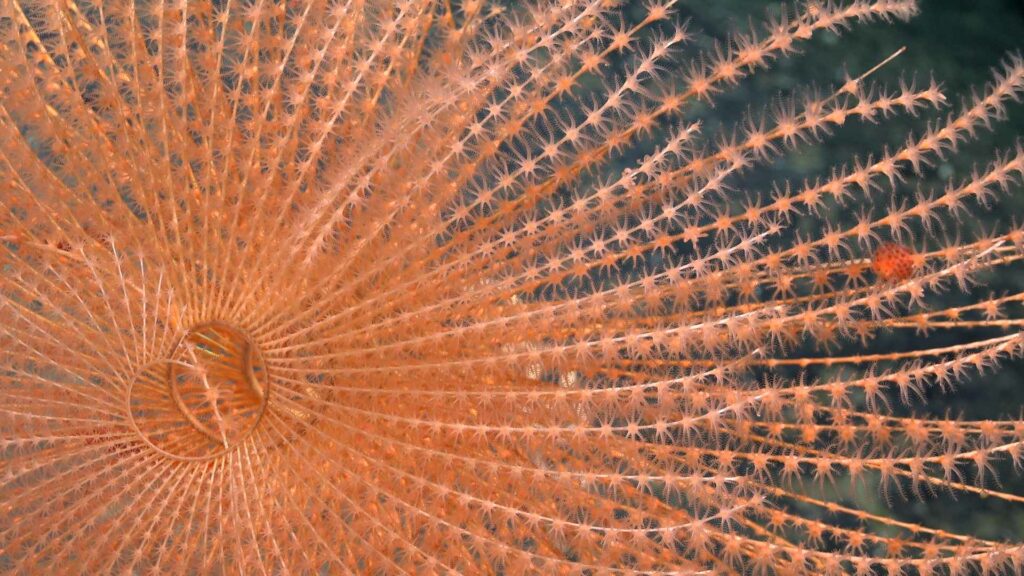
The Schmidt Ocean Institute was established in 2009 by Eric and Wendy Schmidt. Also represented on the expedition teams are the University of Texas Rio Grande Valley, Universidad de Valparaíso, CIIMAR (University of Porto) and the University of Western Australia.
Also on Divernet: 4 new deep-sea octopus species identified, Deep octopus nurseries on ‘edge of human imagination', Into the underworld: New ecosystem found beneath hot smokers, ‘Minion' squid filmed for first time
